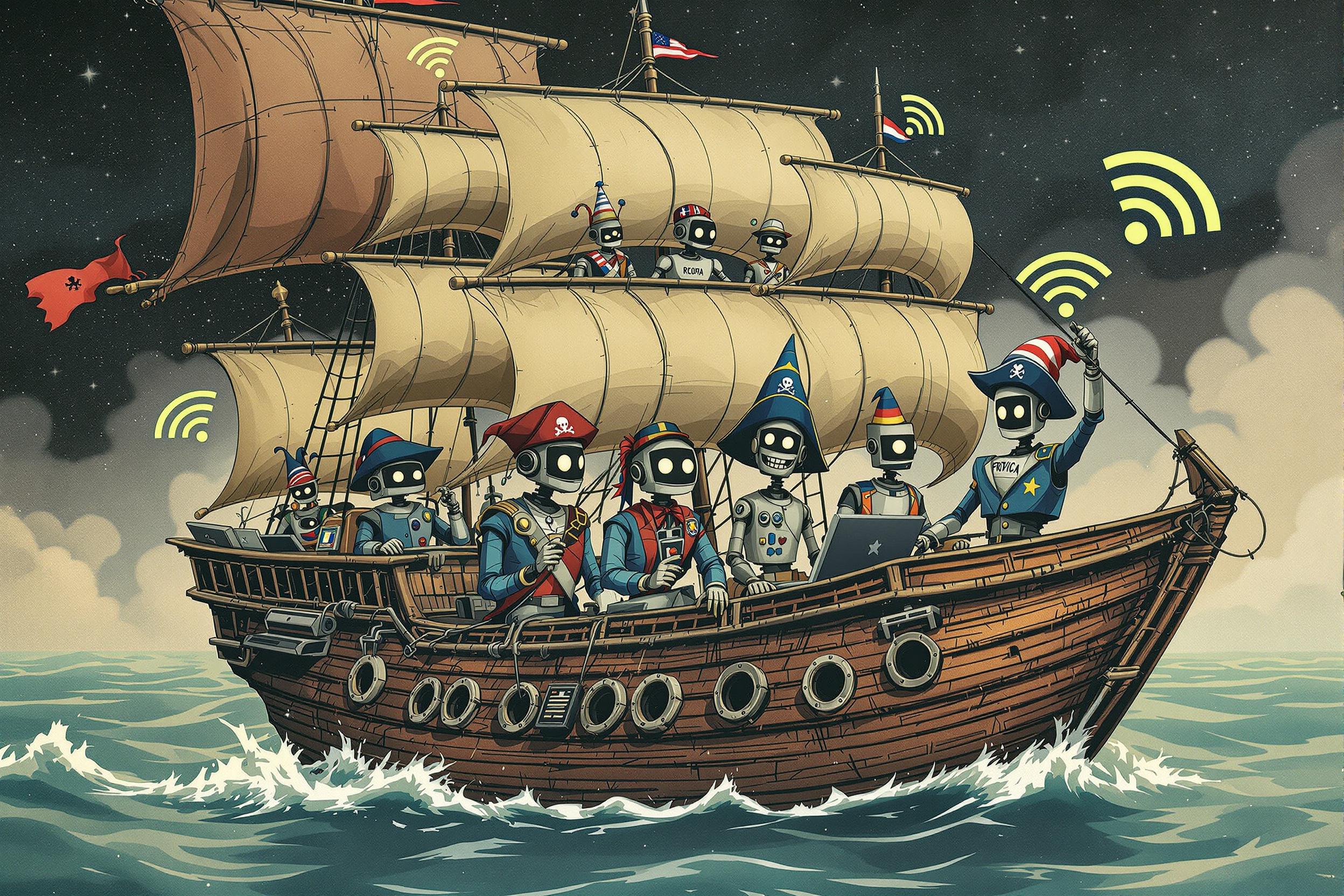
White Balance
White Balance is a fundamental skill in photo and video editing that ensures colors look natural and accurate in images and footage. It's like adjusting the "temperature" of an image so whites appear truly white instead of yellowish or bluish. Think of it as making sure a white piece of paper looks white in your photo, regardless of whether it was shot indoors, outdoors, or under different types of lighting. This is a crucial skill for photographers, videographers, and color correction specialists who need to make sure their work looks professional and true-to-life.
Examples in Resumes
Performed White Balance correction on over 1000 commercial product photos
Trained junior editors in proper White Balance techniques for wedding videography
Developed standardized White Balance workflows for a team of 5 photo editors
Typical job title: "Color Correction Specialists"
Also try searching for:
Where to Find Color Correction Specialists
Online Communities
Professional Networks
Industry Resources
Example Interview Questions
Senior Level Questions
Q: How would you establish a color correction workflow for a large team?
Expected Answer: A senior specialist should discuss creating standardized processes, calibration of monitors, establishing color reference charts, and ensuring consistency across different team members and equipment.
Q: How do you handle white balance challenges in mixed lighting conditions?
Expected Answer: Should explain approaches to dealing with multiple light sources, such as daylight and artificial light in the same shot, and methods to achieve natural-looking results.
Mid Level Questions
Q: What's your process for correcting white balance in post-production?
Expected Answer: Should describe their workflow for analyzing and adjusting color temperature, using color correction tools, and ensuring consistent results across multiple images or video clips.
Q: How do you ensure color accuracy across different display devices?
Expected Answer: Should discuss monitor calibration, color space considerations, and how to maintain consistency when work will be viewed on various screens.
Junior Level Questions
Q: What tools do you use to check and adjust white balance?
Expected Answer: Should be able to name basic color correction tools in common software and explain how they use white/gray cards or eyedropper tools to set proper white balance.
Q: How do you recognize when white balance needs correction?
Expected Answer: Should explain basic signs of incorrect white balance like yellow or blue color casts and how this affects the overall image quality.
Experience Level Indicators
Junior (0-2 years)
- Basic color correction in standard software
- Understanding of color temperature
- Use of white balance cards
- Basic monitor calibration
Mid (2-4 years)
- Advanced color correction techniques
- Working with multiple camera formats
- Color matching between shots
- Understanding of color spaces
Senior (4+ years)
- Managing team color workflows
- Complex color grading projects
- Training and mentoring others
- Technical troubleshooting
Red Flags to Watch For
- No understanding of basic color theory
- Unable to identify incorrect white balance in sample images
- No experience with industry-standard editing software
- Lack of knowledge about color management systems
Related Terms
Need more hiring wisdom? Check these out...

Who’s Really Running Your Interviews? How to Reduce Bias in Remote Hiring

Rewiring Your Interview Templates for Better Candidate Experience

Beyond Borders: Mastering the Art of a Global Onboarding Calendar

